One year ago, on Mar. 12, as COVID-19 cases surged across the US, Rollins was forced to shut down its campus and send every student home in the middle of the semester. As the pandemic continued, Rollins, like the rest of the country, had to adapt. The changes came all at once.
“One day we had a town hall about the coronavirus, and the next we were told campus was shutting down and we all had to go home,” said Hannah Munford (‘21).
As the pandemic upended life as we knew it, the Rollins community was forced to conform to a virus that officials knew very little about.
“Any virus of this magnitude was going to take a lot out of us, but we had to pivot on the spot,” said Connie Briscoe, director of the Wellness Center. “We’ve been having to watch as the science develops and the information is shared with us and constantly having to adjust what we are doing and how we are working with students.”
The most obvious challenge was quickly transitioning to an entirely virtual model for the rest of Spring 2020. While professors and students navigated the logistics of Webex classes, various campus entities investigated how to serve a community that was primarily remote.
An especially acute issue was providing mental health care to students who were exposed to or infected with the virus, as well as students who were experiencing heightened stress and anxiety.
“We realized we were going to have to shift to doing virtual therapy,” said Briscoe. “That came with all kinds of technology needs, making sure our staff was trained to do virtual therapy, and making sure we had the resources and space necessary to be able to work from home.”
While the reopening of campus in Fall 2020 was a welcomed development, it brought a new set of questions. First and foremost was the question of how students would be housed.
Juan Escobar, director of Residential Life, said, “Just figuring out how to have a residential life program with COVID-19 in the picture was a challenge.”
Residential Life ultimately decided that Rollins would transition to a single-housing model, allowing students to live on campus while lowering the risk of spreading the virus. Housing units were also set aside for isolation and quarantine.
“Through creative thinking, adaptability, and a lot of hard work from our staff, we were able to not only offer the same type of services we have always offered and the same types of training, but do them very, very well,” Escobar said.
Finding ways to promote a sense of community while still following health and safety guidelines became another challenge. To that end, many organizations on campus gave up in-person, indoor events in favor of virtual and outdoor events, where proper social distancing was possible.
Virtual events were essential in providing a sense of community for students who were unable to return to campus.
Isabela Santos (‘21), Rollins wellness ambassador, said she has been working with other organizations, including the Student Government Association (SGA), Black Student Union (BSU), the Office of Residential Life and Explorations, the Office of Student and Family Care, and EcoRollins, to organize both in-person and virtual events that promote wellness.
“The pandemic has surfaced the importance of taking care of and attending to all areas of wellness in our lives more than at any other time,” Santos said.
Santos added that her program held events that promoted mental health awareness, sexual health, healthy sleep, and self-care practices. It also held yoga classes, general entertainment like Netflix parties, and emotional and intellectual student workshops.
Whereas many college campuses around the country have been forced to shut down due to outbreaks, Rollins has remained open since last September.
“They did the best they could with the information they had,” Munford said. “Rollins has clearly done a better job than a lot of other colleges” in responding to the virus, she said.
As vaccine distribution continues, the Center for Disease Control (CDC) has issued new guidelines stating that small groups of vaccinated people can gather indoors without masks, which is key for fully restoring in-person, indoor classes.
“My hope is that we’ll be able to return to doing the things we love without having to worry about safety,” said Briscoe.

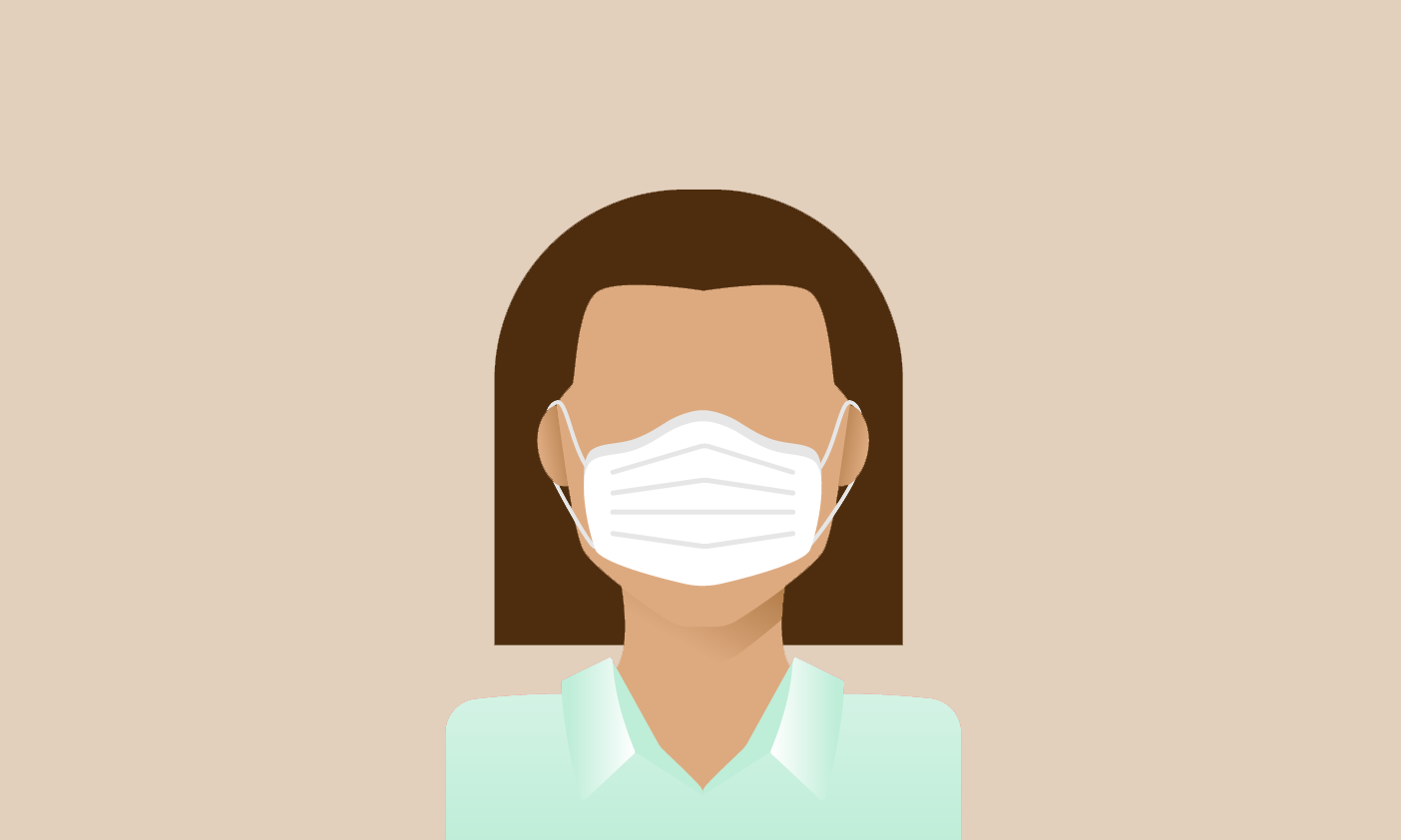



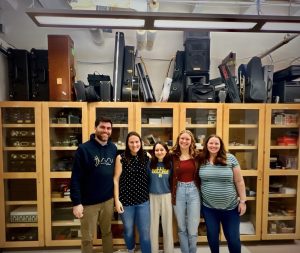
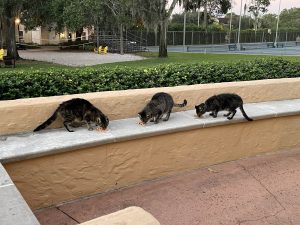

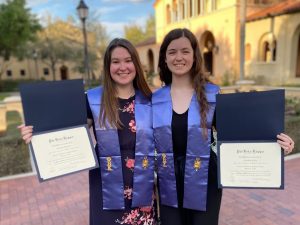
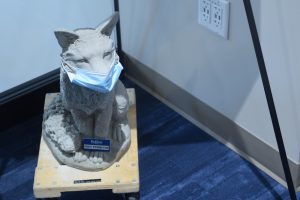
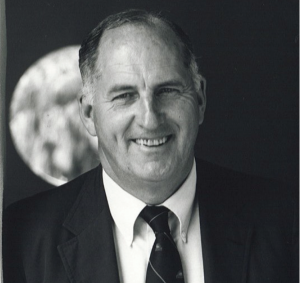
[…] the beginning of COVID-19, Rollins waived the no-car rule for freshmen. With an increased number of on-campus freshmen who […]